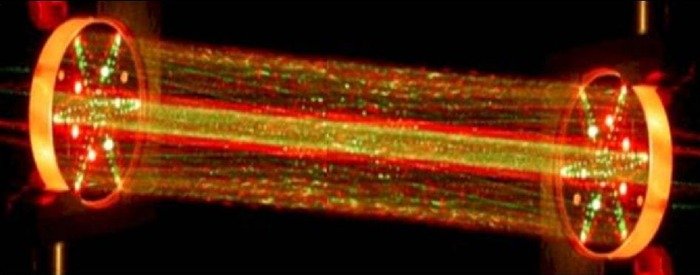PASADENA, Calif., Nov. 2 (UPI) -- NASA says it Curiosity rover on Mars has taken significant steps toward understanding how the Red Planet may have lost much of its original atmosphere.
The present atmosphere of Mars is 100 times thinner than Earth's, and learning what happened to it will help scientists assess whether the planet ever was habitable, NASA's Jet Propulsion Laboratory in Pasadena, Calif., reported Friday.















